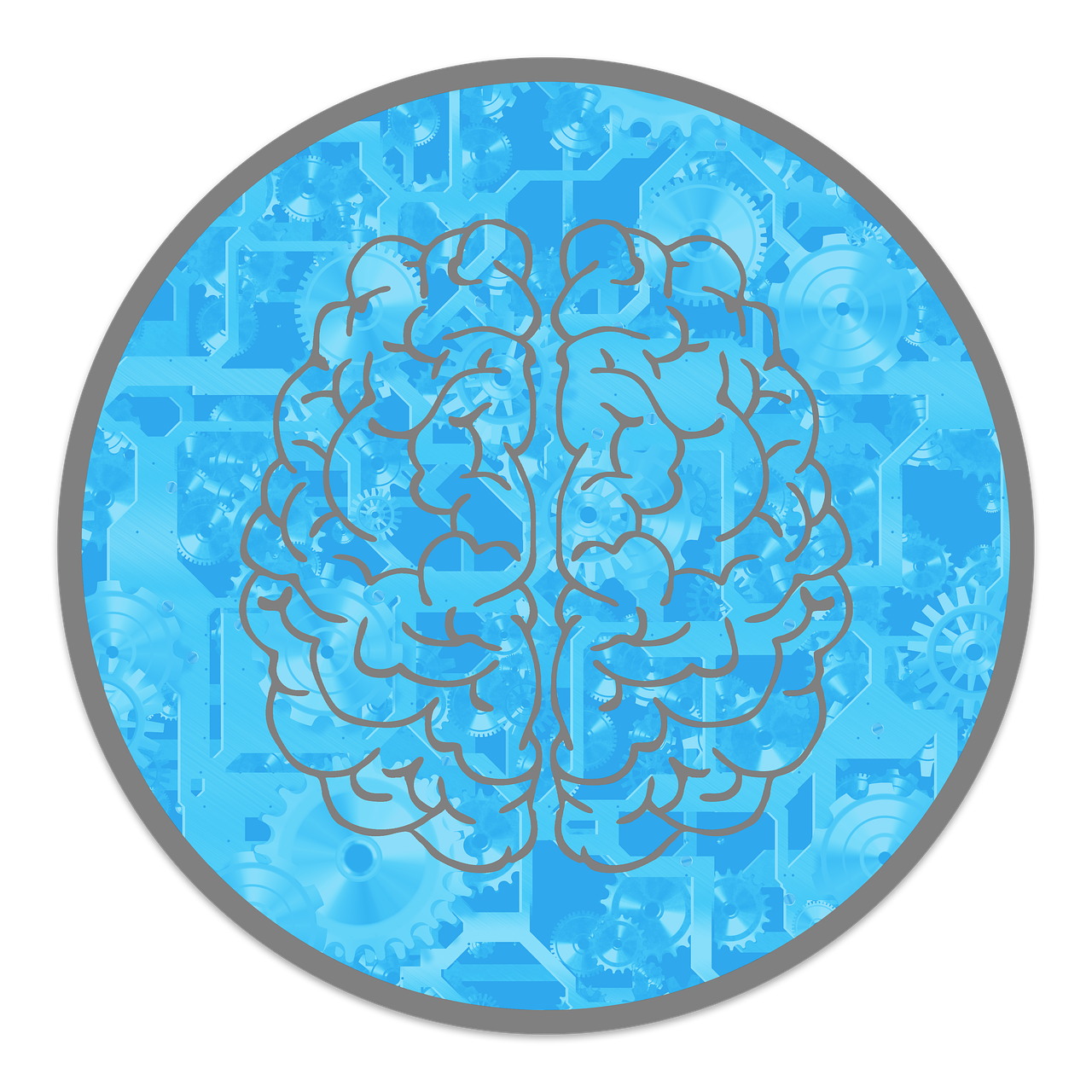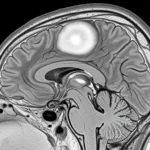
Do you ever freak out when someone doesn’t text back right away? Or worry way too much about people leaving you? That’s called anxious attachment, and tons of people deal with it.
The awesome news? CBT (Cognitive Behavioral Therapy) can actually help you break that cycle and build healthier, calmer relationships.
Understanding Anxious Attachment: The Root of Relationship Anxiety
Ever feel like you’re constantly scared people will leave you? That’s anxious attachment—one of the four main attachment styles psychologists talk about.
It starts super early, in your first year or so of life, based on how your caregiver treated you.
And the patterns you pick up then can follow you into friendships and relationships later.
If you’ve got this style, rejection isn’t just a passing worry—it can take over your thoughts and feelings.
You might read way too much into a delayed text or assume the worst when your partner seems distant.
The Origins of Anxious Attachment
This usually happens when caregivers were inconsistent—sometimes loving, sometimes distracted or unavailable.
As a kid, you learn: “I have to work really hard to keep people close.”
Common childhood roots include:
- Parents who responded sometimes but not always
- Feeling emotionally ignored or brushed off
- Parents who were too stressed or dealing with their own struggles
- Lots of separations or family chaos
- Early trauma or instability at home
Recognizing Anxious Attachment Patterns in Adult Relationships
If you’ve ever felt like your emotions in relationships are all over the place, anxious attachment might explain why.
The first step to changing it is spotting the patterns.
Common Signs and Symptoms
Emotional Patterns:
- Constant fear of being left or rejected
- Emotions that feel like a rollercoaster during arguments
- Super tuned in to every mood shift in your partner
- Worrying nonstop if the relationship is “safe”
- Needing reassurance before you can relax again
Behavioral Patterns:
- Freaking out over small things—like a text that takes hours instead of minutes
- Struggling to be okay when you’re apart from your partner
- Feeling jealous or possessive when they hang with others
- Asking for reassurance a lot (“Do you still love me?” “Are we okay?”)
- Having trouble calming yourself down without them
Cognitive Patterns:
- Seeing slow replies as rejection signs
- Jumping to worst-case scenarios about the relationship
- Assuming you know what your partner is secretly thinking
- Constantly obsessing over where you stand in the relationship
The Hidden Strengths of Anxious Attachment
Here’s the part people don’t talk about enough: anxious attachment comes with superpowers too.
People with this style are usually incredibly caring, tuned in to others, and crave real closeness.
That sensitivity? It makes you notice when someone’s hurting, even when they don’t say a word.
How Cognitive Behavioral Therapy Addresses Anxious Attachment
CBT—Cognitive Behavioral Therapy—is one of the best tools we’ve got for tackling anxious attachment.
Research even shows that people with anxious or avoidant styles improve after CBT, because it helps with anxiety, avoidance, and emotional regulation. Basically, it gives your brain a “reset button” for relationships.
The CBT Approach to Attachment Healing
CBT zooms in on three big pieces that keep anxious attachment going:
Thoughts (Cognitive Component)
CBT helps you catch and challenge those “brain lies” that fuel your anxiety. Stuff like:
- All-or-nothing thinking: “If they don’t text back right now, they don’t care.”
- Catastrophizing: “One fight means this relationship is over.”
- Mind reading: “I just know they’re planning to leave me.”
- Fortune telling: “I’ll never find real love.”
Emotions (Affective Component)
Here you learn how to ride out those big, messy feelings without drowning in them. That means:
- Naming what you’re actually feeling
- Seeing how thoughts and feelings connect
- Building distress tolerance (handling the storm without panicking)
- Practicing self-soothing—like calming your own nerves instead of waiting for someone else to do it
Behaviors (Behavioral Component)
CBT tackles the habits that keep anxious attachment alive, like:
- Constantly asking, “Are we okay?”
- Checking your partner’s socials like it’s homework
- Avoiding independence because being alone feels scary
- People-pleasing so much you forget your own needs
Evidence-Based CBT Techniques for Anxious Attachment
- Cognitive Restructuring: Flip your thoughts. Instead of relying on the inability to respond with “They’re probably busy,” try using another sentence.
- Behavioral Experiments: Test your fears. Give me some reassurance, and see that the world is not over.'”.
- Mindfulness: Developing mindfulness involves taking in anxious thoughts without acting on them, such as watching storms instead of following the wind.
- Exposure Therapy: Intense situations can be scary, such as spending time apart, but are eventually made less scary through Exposure Therapy.
- Improved Communication Skills: Gain the confidence to articulate what you need without causing any distress or feeling of guilt.
Practical CBT Strategies for Daily Life
CBT isn’t just one of those things you only drag out for a therapy session. Nah, it’s more like… mental push-ups you can sneak in on the train, at lunch, wherever you want.
Self-Monitoring Techniques
Thought Records
Keep a little “thought journal.” When anxious attachment thoughts pop up, jot down:
- The situation that set you off (like waiting on a reply)
- The automatic thought you had (“They’re ignoring me”)
- How strong the feeling was (1–10 scale)
- Evidence for and against the thought
- A more balanced thought to replace it (“They might just be busy, it doesn’t mean they don’t care”)
Emotion Regulation Diary
- Track your emotions like you’d track workouts or grades. Write down:
- The time and what was happening
- The emotion and how strong it felt
- Any physical signs (heart racing, stomach drop, etc.)
- What you did to cope
- How well it worked (rate it)
Building Secure Behaviors
Independence Building Activities
- Plan solo activities that you actually enjoy—movies, sports, gaming, walks
- Practice calming yourself instead of always running to others for reassurance
- Dive into hobbies and interests that don’t revolve around your partner
- Build a friend circle and support system beyond just your relationship
Communication Exercises
- Say what you need straight up instead of expecting people to read your mind
- Use “I” statements—like “I feel anxious when I don’t hear back” instead of blaming
- Learn healthy boundaries so you’re not drained or resentful
- Ask for reassurance in clear, direct ways instead of hinting or testing your partner
Long-Term Benefits of CBT for Anxious Attachment
The best part about CBT? The changes actually hold up.
It’s not necessarily how wonderful you feel for a week—it’s how you redesign the way you approach relationships and the way you think about yourself for good.
Improved Relationship Satisfaction
- Less fighting, more closeness
- Talking and actually hearing each other
- Less jealousy and “checking up”
- Relationships that feel steady instead of like a rollercoaster
Enhanced Emotional Well-being
- Lower anxiety and depression (your brain doesn’t spiral as much)
- Higher self-esteem—you start to believe you’re actually worth the love you want
- Better control over emotions instead of feeling hijacked by them
- More resilience when relationship stress hits (no more total meltdowns over small bumps)
Personal Growth
- Becoming more independent without freaking out
- Understanding yourself on a deeper level
- Solving problems instead of avoiding them
- Building a stronger sense of who you are, not just who you are in a relationship
Finding the Right CBT Therapist for Attachment Issues
Therapist Qualifications
- Look for someone who actually knows CBT and understands attachment stuff—it’s like making sure your math tutor can actually do algebra, not just basic addition.
- Bonus points if they’ve helped people with relationship struggles before.
- If you’ve got tough past stuff (like family drama or trauma), you’ll want someone trained to handle that safely.
- And yep—make sure they’re licensed. It’s kinda like checking if your driver has a legit license before getting in their car.
Therapeutic Approach
- The best therapists don’t just stick to one script. They’ll mix CBT with attachment-focused tools.
- The relationship with the therapist itself matters—it’s practice for the real world.
- They’ll use proven strategies (not random “just think positive” advice).
- And they’ll plan with you, not for you. Think teamwork, not teacher assigning homework.
Personal Fit
- You should actually feel safe opening up—like talking to someone who gets you, not judges you.
- It helps if they understand your culture, family background, or the way you see the world.
- Pay attention to how they talk—does their style click with you, or does it feel off?
- And don’t forget boring but important stuff: are they available when you need, or are you always stuck waiting three weeks for an appointment?
Conclusion: Your Journey Toward Secure Attachment
Anxious attachment isn’t who you are—it’s just a pattern you picked up along the way.
And the best part? Patterns can change.
With CBT, so many people have gone from constantly stressing about relationships to actually feeling secure and confident in them.
Yeah, it takes patience and some practice (kinda like learning to ride a bike—you wobble at first, but then it clicks).
The goal isn’t to become some robot who never needs anyone.
It’s about learning how to stay steady when relationships get tough and to connect with others in a healthier, real way.



